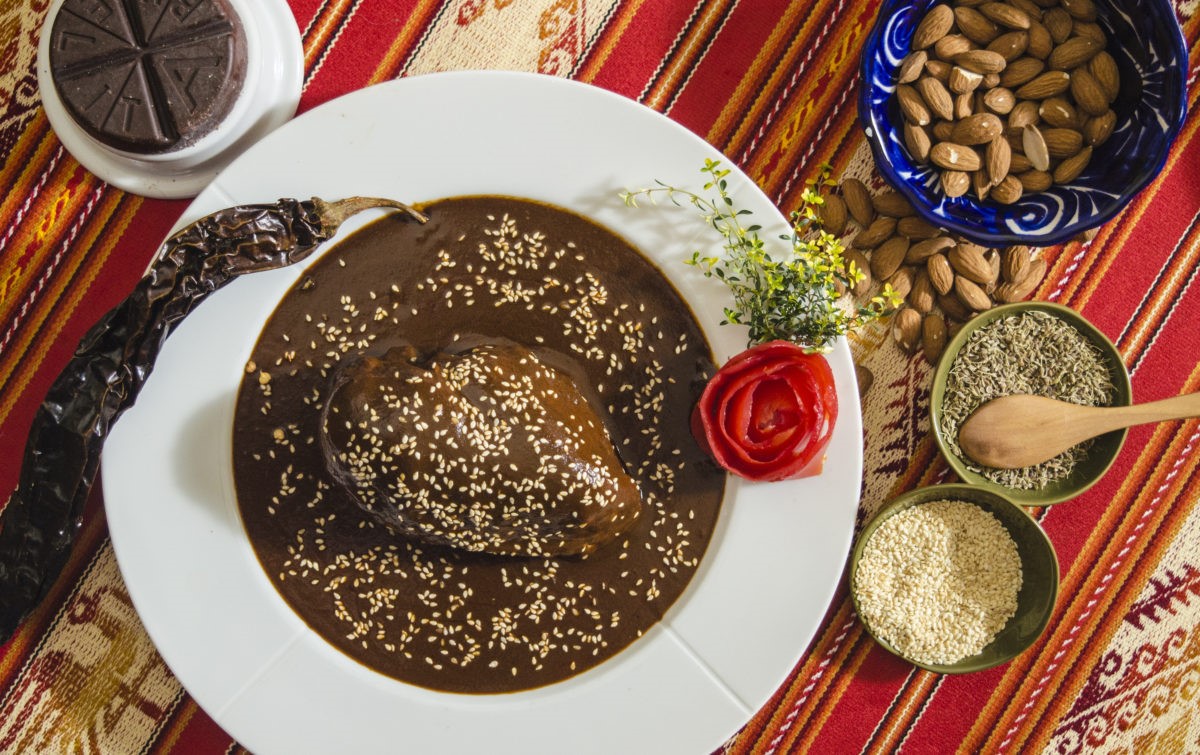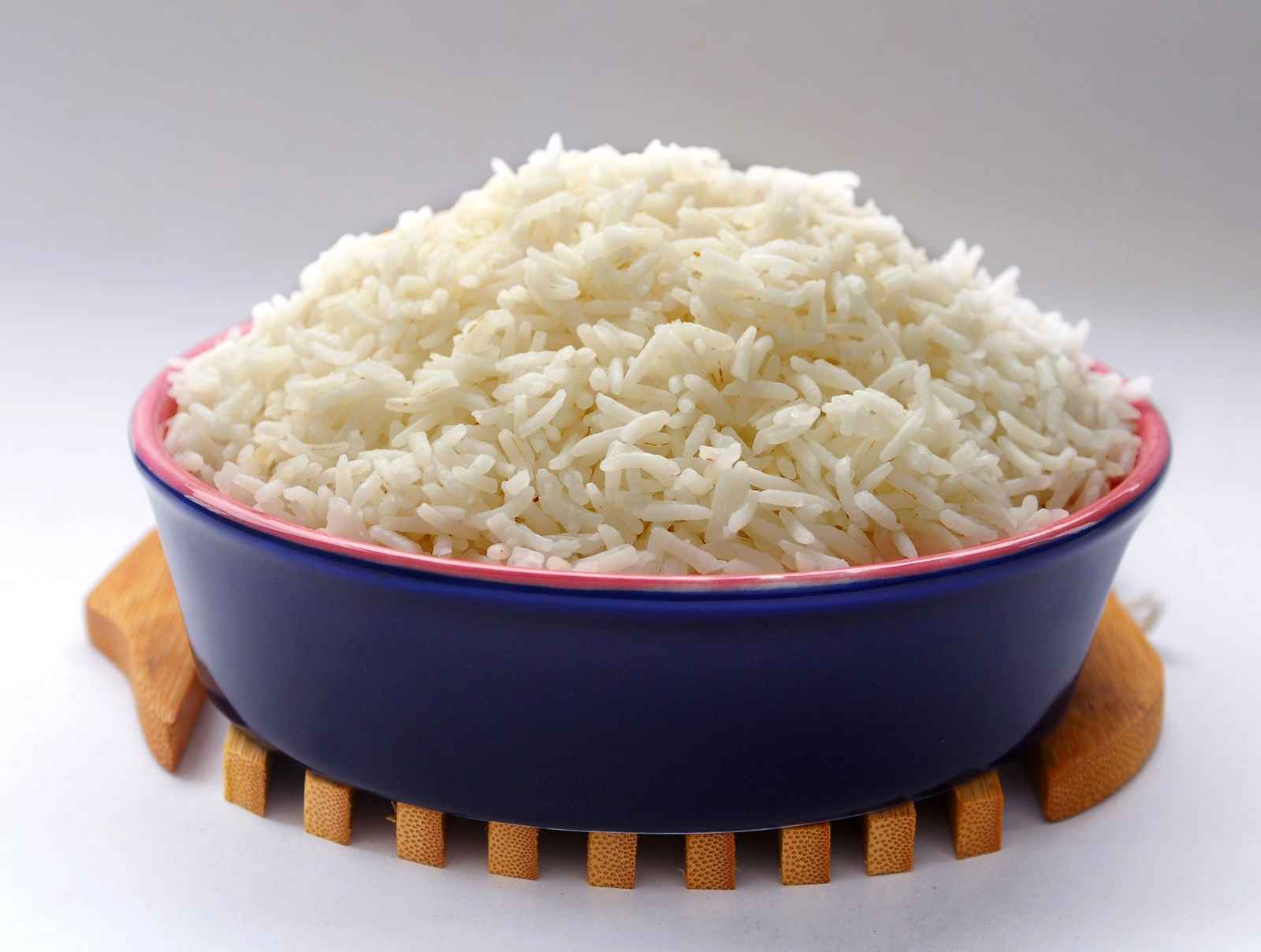Understanding the Difference Between Mexican Oregano and Oregano
When it comes to cooking, herbs play a crucial role in adding flavor and aroma to dishes. Two popular herbs that are often used in various cuisines are Mexican oregano and oregano. While they may sound similar, there are distinct differences between the two that can impact the taste of your dishes.
Origins and Varieties
Oregano is a well-known herb that is native to the Mediterranean region. It is a member of the mint family and is commonly used in Italian, Greek, and Mediterranean cuisines. The flavor profile of oregano is savory and slightly bitter, adding depth to dishes such as pasta sauces, pizza, and grilled meats.
Mexican oregano, on the other hand, is derived from a different plant altogether. It comes from the verbena family and is native to Mexico and Central America. Mexican oregano has a citrusy and earthy flavor with hints of mild licorice, making it a popular choice for Mexican and Latin American dishes.
Physical Characteristics
When it comes to appearance, both Mexican oregano and oregano have distinct differences. While oregano is known for its small, oval-shaped leaves, Mexican oregano features larger, more pointed leaves. The color of Mexican oregano tends to be darker and more olive green compared to the lighter green hue of oregano.
Culinary Uses
Both herbs are versatile and can be used in a variety of dishes, but their flavor profiles make them better suited for different types of cuisine. Oregano is a staple in Italian and Mediterranean cooking, where it is used in pasta sauces, marinades, and salad dressings. It pairs well with tomatoes, olives, and lamb, adding a robust flavor to the dishes.
Mexican oregano, with its citrusy and slightly floral notes, is a key ingredient in Mexican and Latin American dishes. It is often used in salsas, marinades, and spice rubs for meats. The unique flavor of Mexican oregano adds a bright and refreshing element to the dishes, complementing the bold flavors of the cuisine.
Availability and Substitution
While both Mexican oregano and oregano have their own distinct flavors, they can be substituted for one another in a pinch. If a recipe calls for Mexican oregano and you only have regular oregano on hand, you can use it as a substitute, keeping in mind that the flavor profile will be slightly different. Similarly, if a recipe calls for oregano and you have Mexican oregano, you can use it as a substitute, adjusting the quantity based on the potency of the herb.
When it comes to availability, oregano is widely available in most grocery stores, either fresh or dried. It is a popular herb that can be easily found in the spice aisle. Mexican oregano, on the other hand, may be a bit more challenging to find in some regions. However, it can often be found in specialty or ethnic grocery stores, as well as online retailers.
In Conclusion
While both Mexican oregano and oregano share a similar name, they are distinct herbs with their own unique characteristics and flavor profiles. Understanding the differences between the two can help you make informed decisions when choosing the right herb for your culinary creations. Whether you’re preparing a classic Italian dish or a vibrant Mexican feast, the choice between Mexican oregano and oregano can have a significant impact on the final flavor of your dishes.
Next time you’re in the kitchen, consider experimenting with both herbs to experience the nuances they bring to your cooking. Whether it’s the savory, robust flavor of oregano or the bright, citrusy notes of Mexican oregano, these herbs have the power to elevate your dishes and transport your taste buds to different corners of the world.
Was this page helpful?
Read Next: What Is Picaditas











